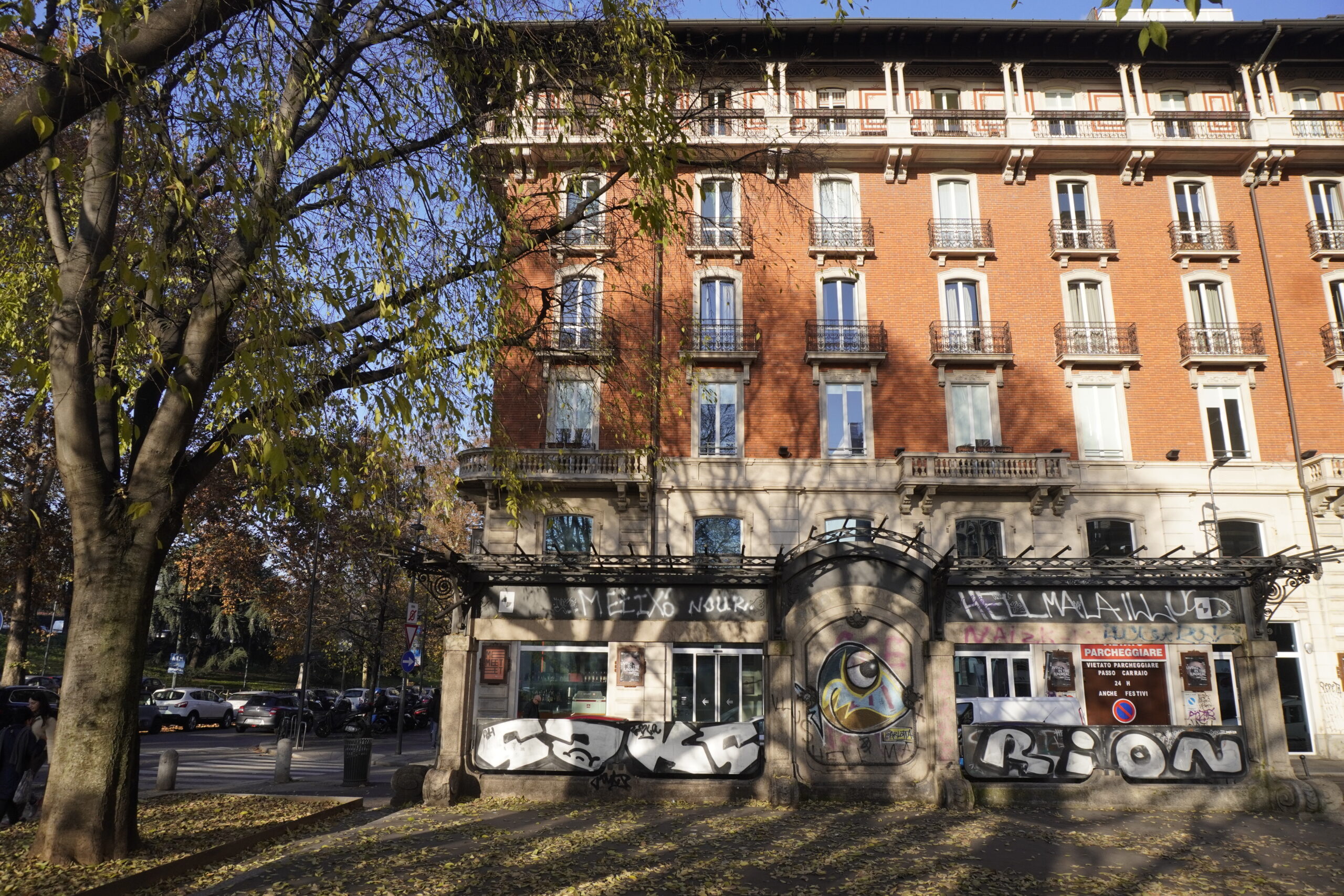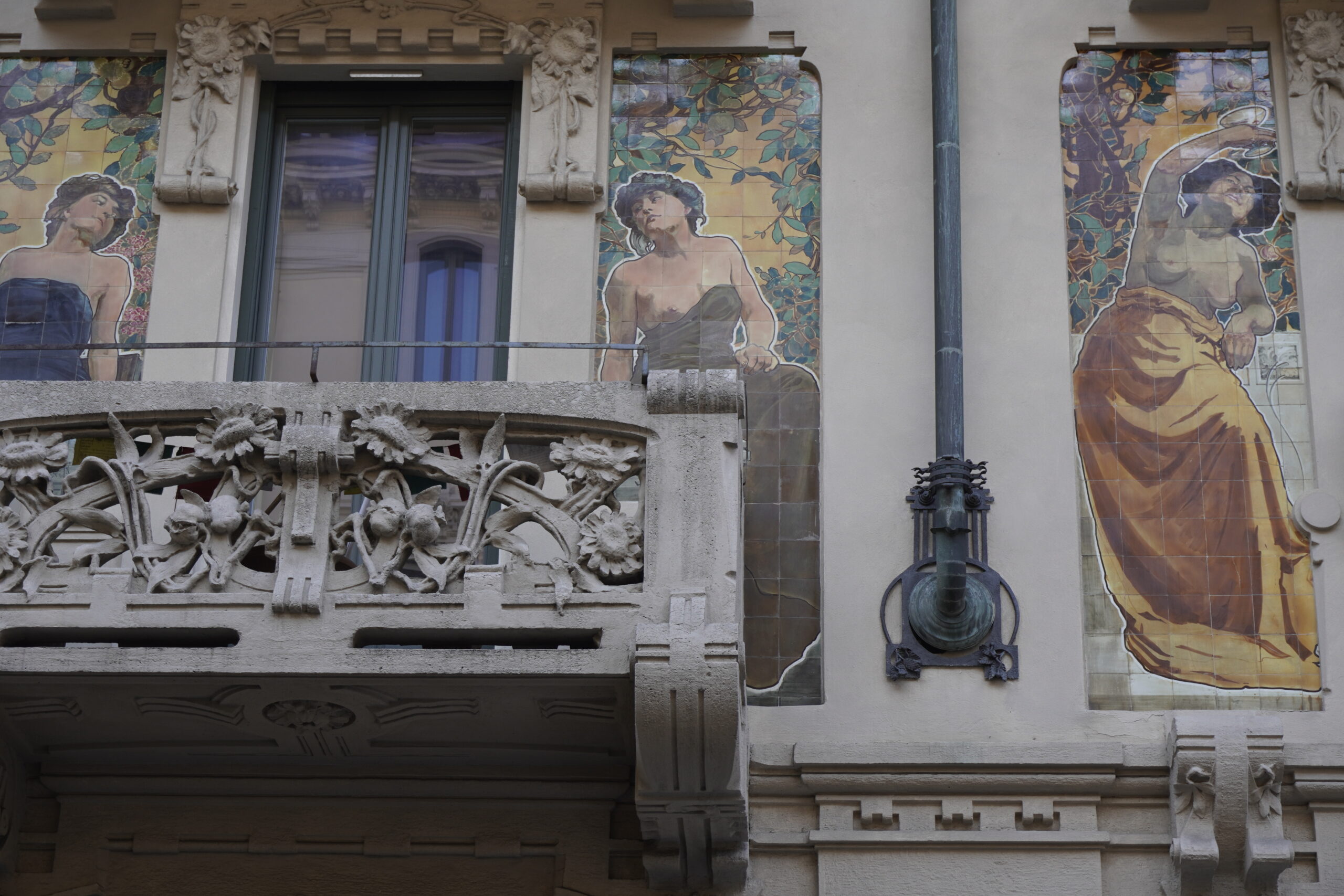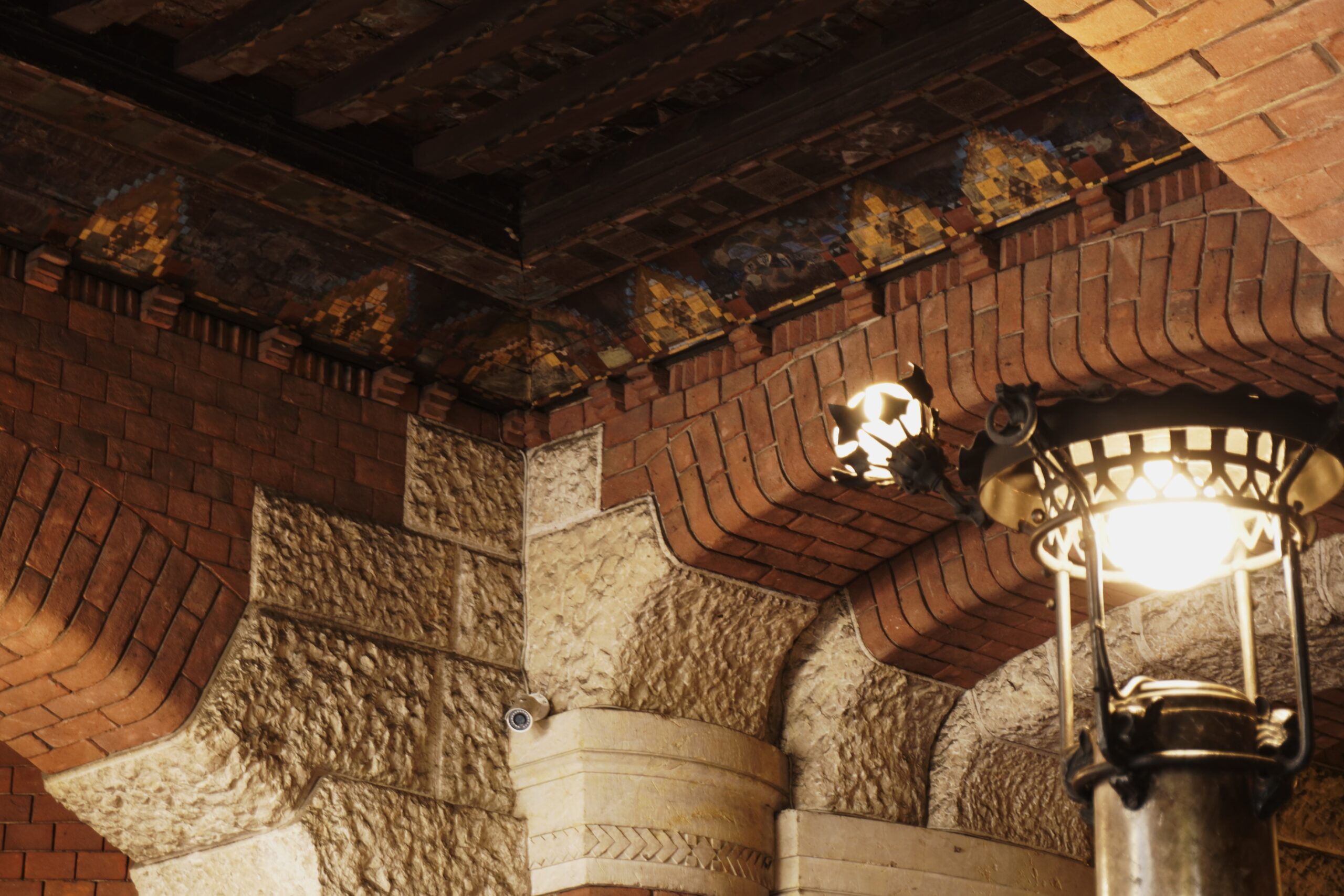For this walk, there’s no need for a precise itinerary—just a bit of curiosity and a willingness to get lost among the streets.
I took the Lilla metro line to Marche station, walked along Via Landriani, and started my tour from Piazzale Giuseppe Massari. Here, you can already spot the first independent houses with private gardens, including Villa Massari at the corner of Via Bersezio and another villa at the corner of Via Salvagnoli.
I then continued along Via Mirabello, passing a brick wall that hides the magnificent Villa Mirabello. Now home to the foundation of the same name dedicated to the visually impaired, the villa dates back to the 15th century and has housed several prominent families and activities over the centuries, from the Visconti to the Medici, and even Ludovico il Moro. After experiencing uncertain times, it regained prominence in the early 1900s when it became a refuge for visually impaired war veterans, marking the origins of today’s foundation.
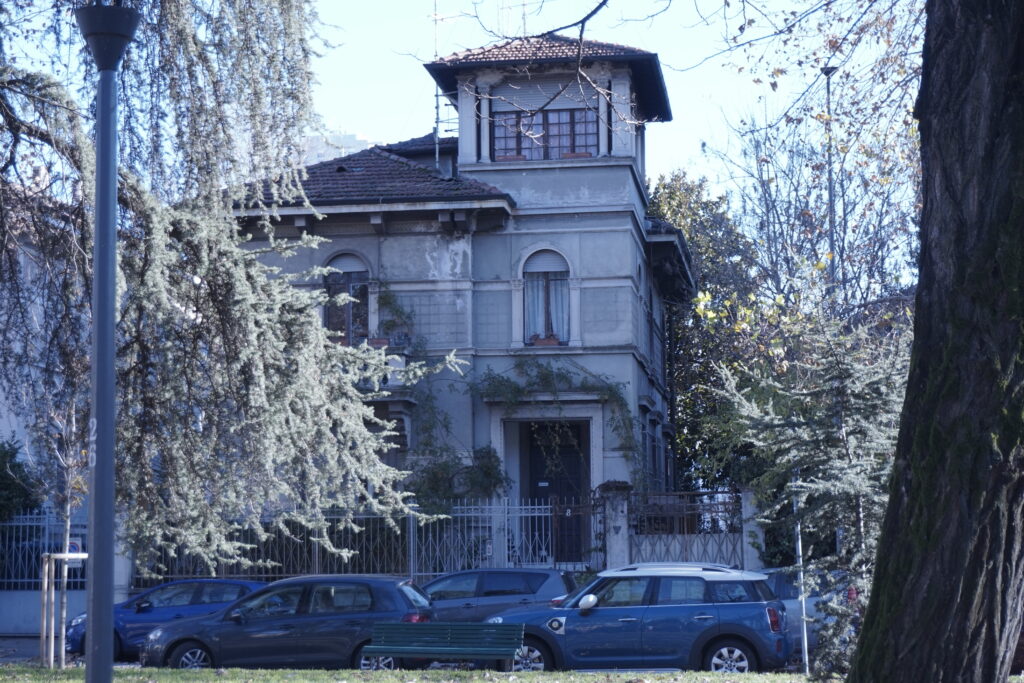
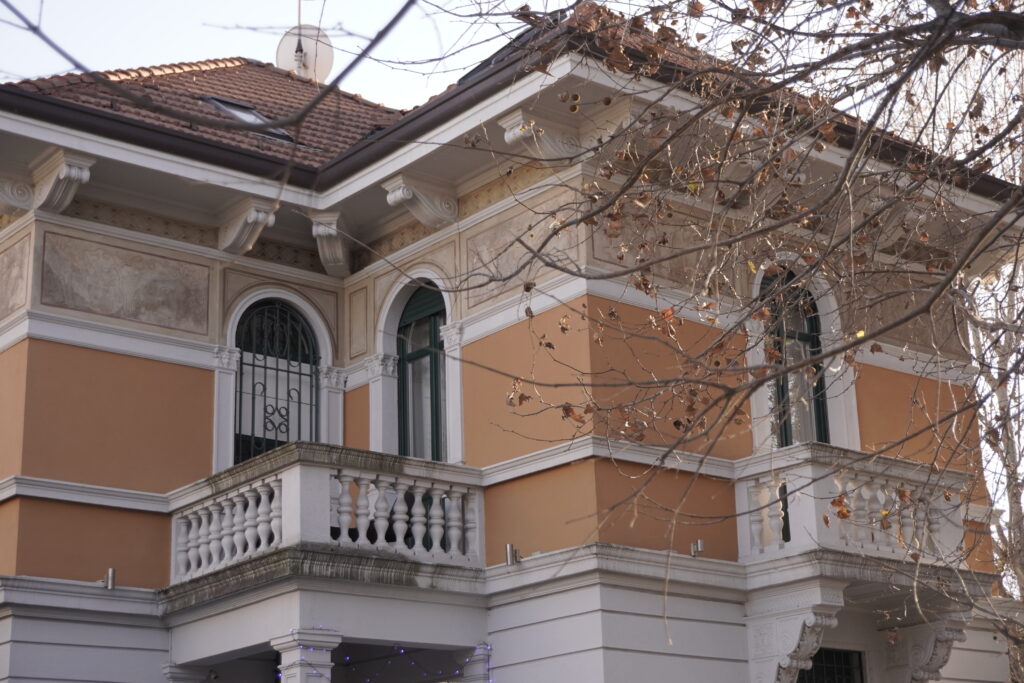
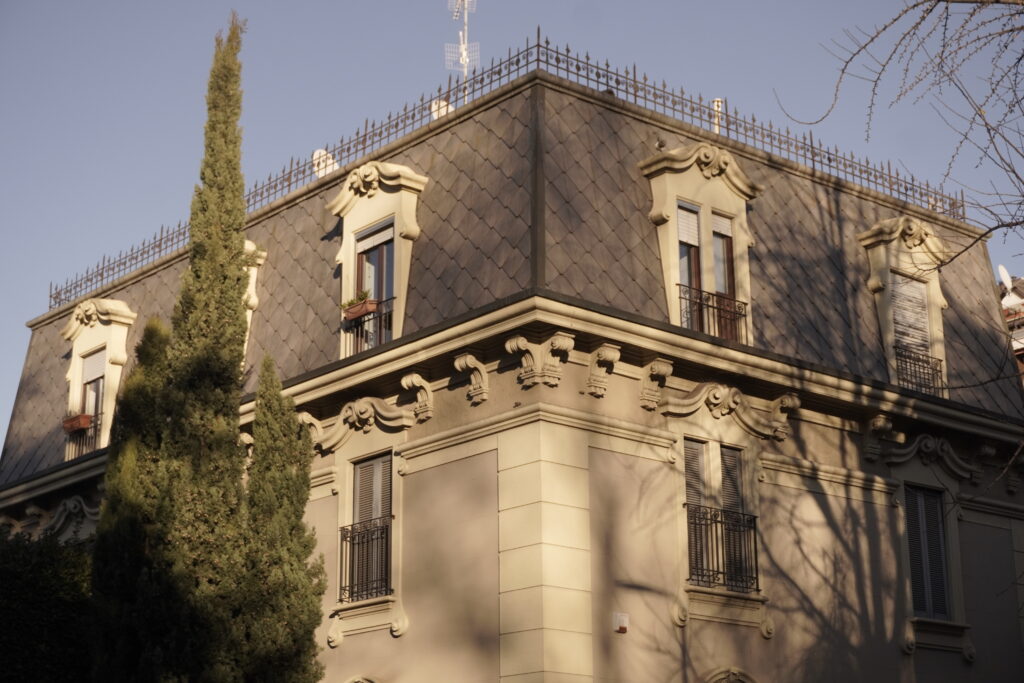

For this walk, there’s no need for a precise itinerary—just a bit of curiosity and a willingness to get lost among the streets.
I took the Lilla metro line to Marche station, walked along Via Landriani, and started my tour from Piazzale Giuseppe Massari. Here, you can already spot the first independent houses with private gardens, including Villa Massari at the corner of Via Bersezio and another villa at the corner of Via Salvagnoli.
I then continued along Via Mirabello, passing a brick wall that hides the magnificent Villa Mirabello. Now home to the foundation of the same name dedicated to the visually impaired, the villa dates back to the 15th century and has housed several prominent families and activities over the centuries, from the Visconti to the Medici, and even Ludovico il Moro. After experiencing uncertain times, it regained prominence in the early 1900s when it became a refuge for visually impaired war veterans, marking the origins of today’s foundation.
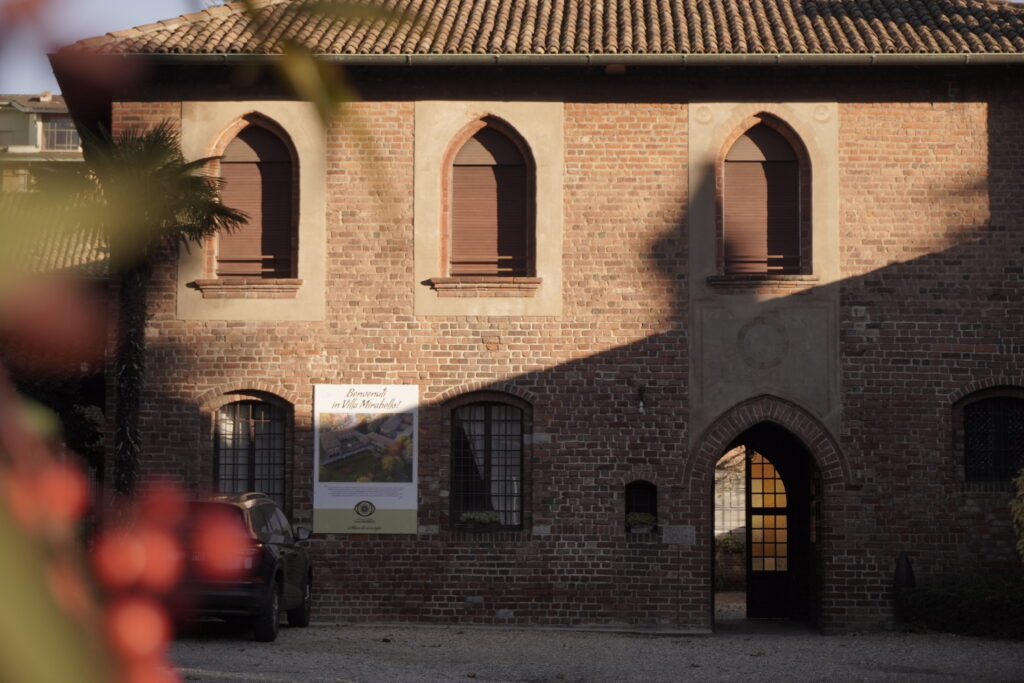
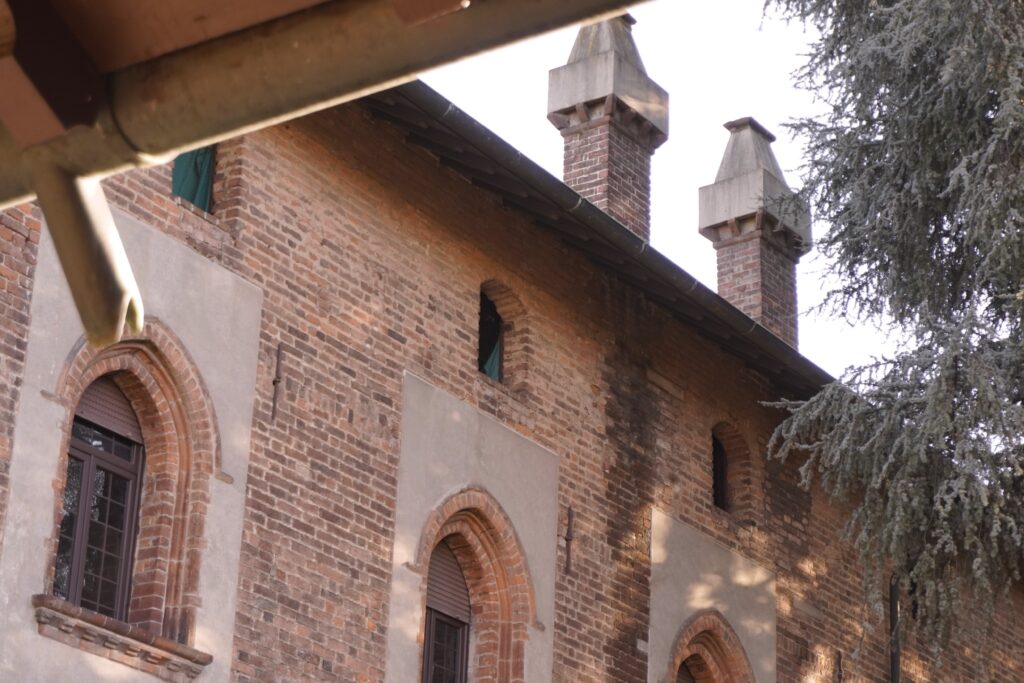
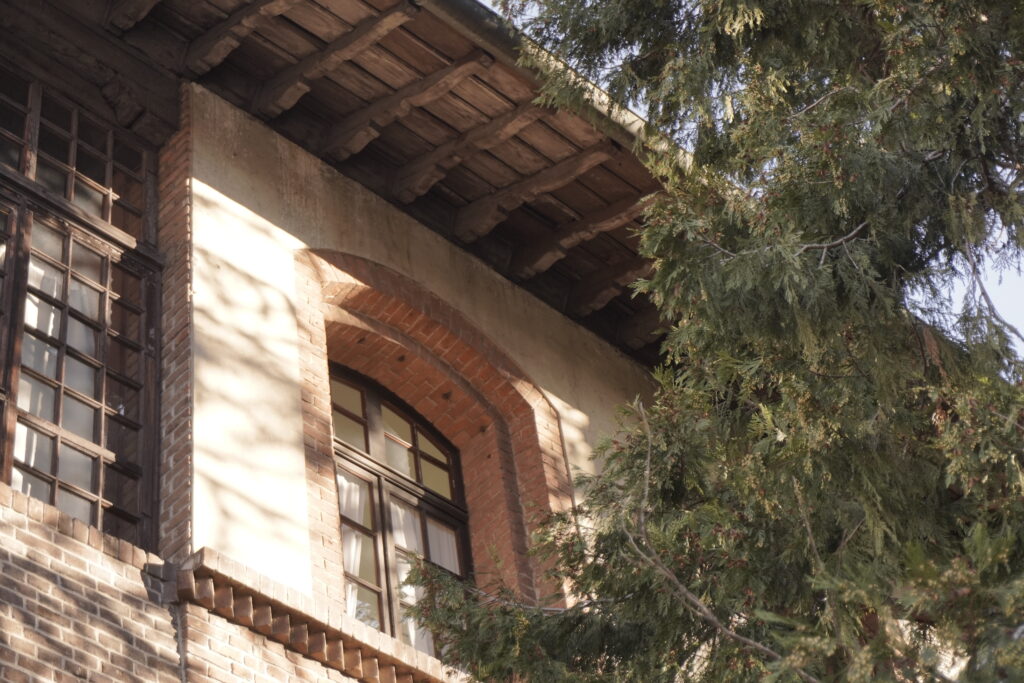
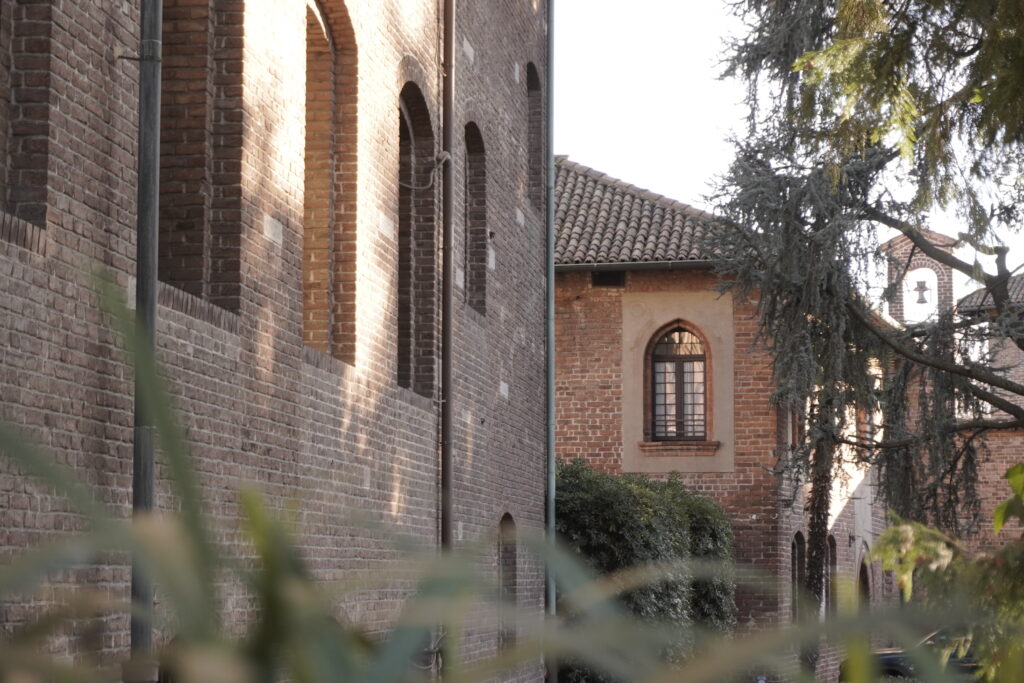
The villa is closed to the public, but aside from being included in the properties open during FAI heritage days, the Foundation occasionally organizes events, sometimes with guided tours (you can check here for details).
Beyond the villa, which certainly deserves special attention, the entire Via Mirabello is fascinating, lined with beautiful villas. At this point, the noise of traffic already fades into a distant memory.
I continued along Via Ximenes until I reached the intersection with Via Arbe, then took Via Valussi. Here, at the crossroads, you’ll find another charming red-brick villa with a small tower—take a moment to admire it before heading back into the heart of Maggiolina.

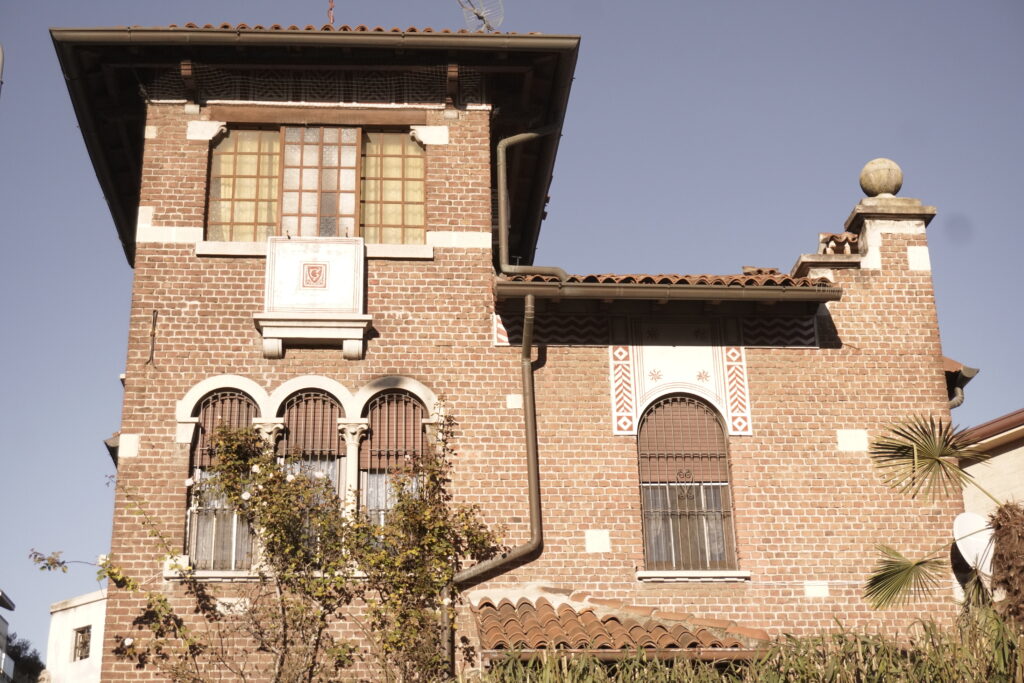
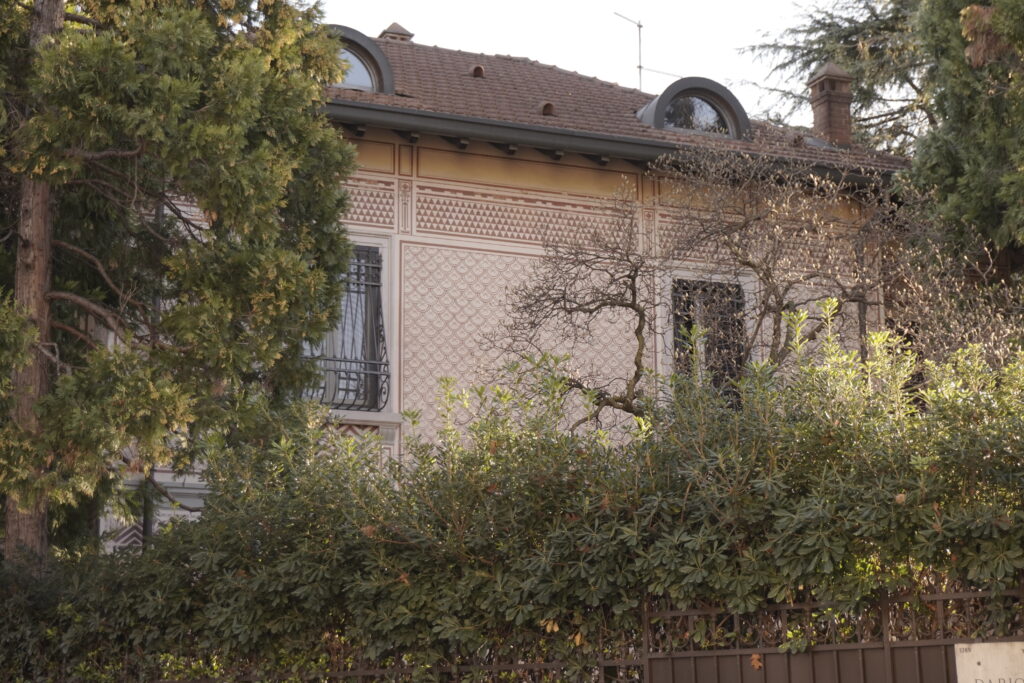

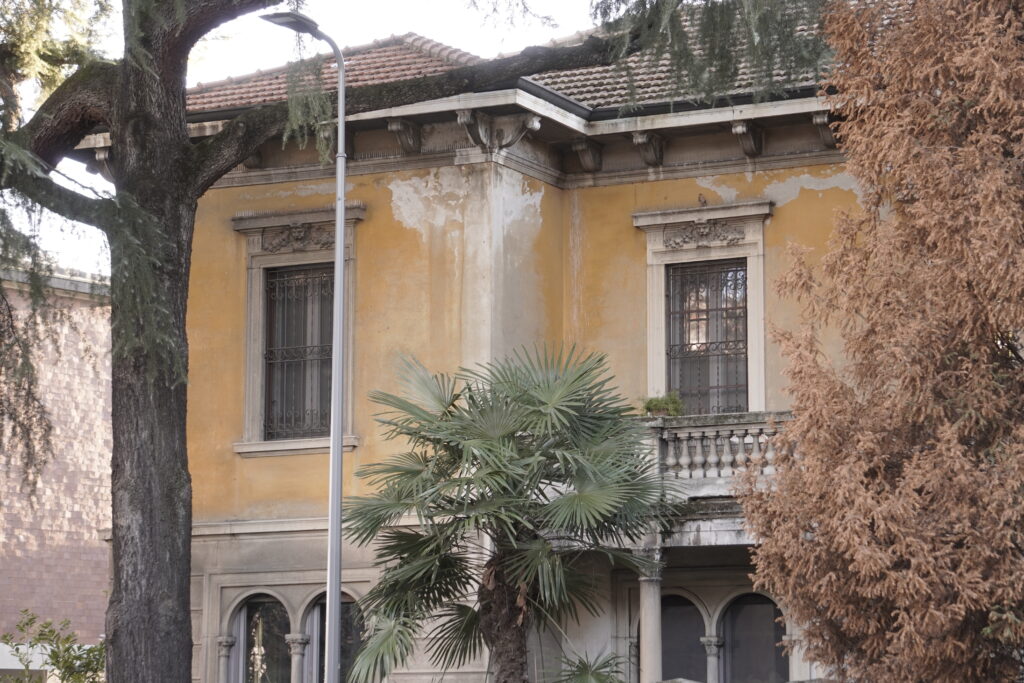
Continue along Via Valussi, then proceed on Dario Papa, and you’ll find yourself face-to-face with the Igloo Houses on Via Lepanto.
These unique homes were built near the so-called Villaggio dei Giornalisti, a neighborhood developed in the early 1900s as part of an urban project aimed at providing housing for the lower and middle bourgeoisie. It was commissioned by a cooperative made up mainly of journalists and lawyers—hence the name.
Interestingly, despite its original purpose, the village emerged amidst streets lined with independent villas that are anything but modest.
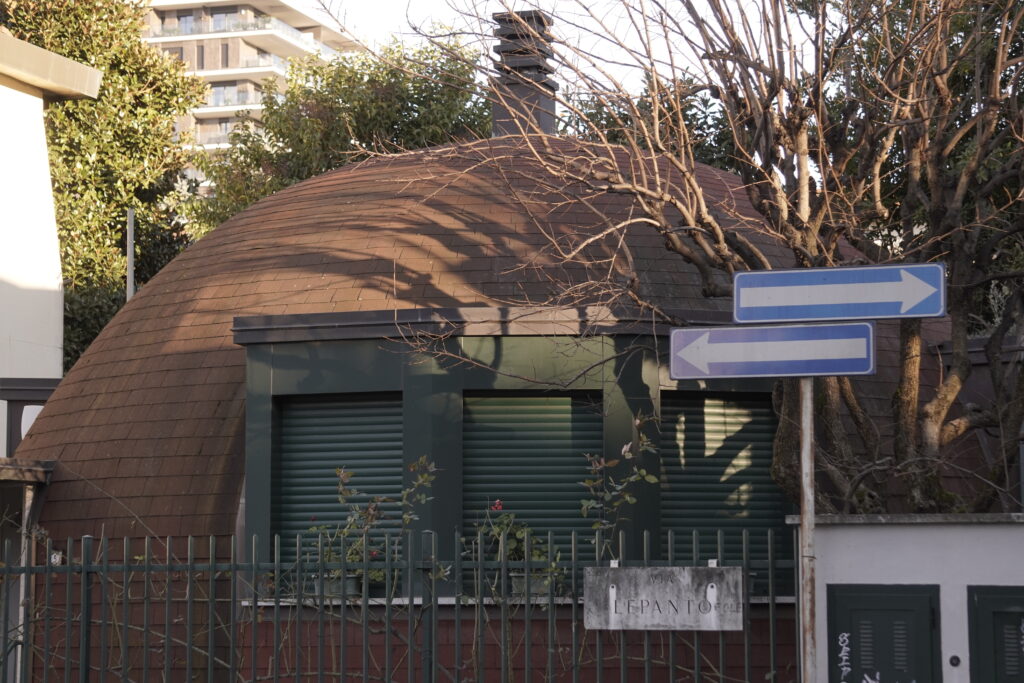
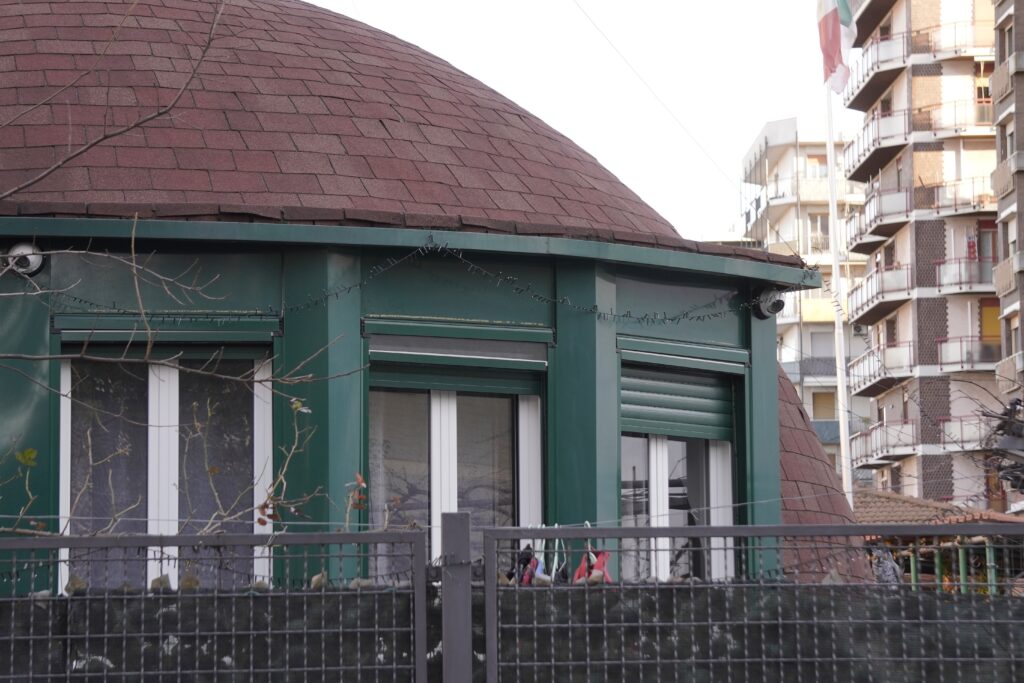
Later, in the post-war period, these Igloo Houses—eight in total—were built alongside about twenty mushroom-shaped houses, which were unfortunately demolished in the 1960s. Their construction was a response to the severe and urgent housing crisis caused by the large number of displaced people following the bombings.
To be honest, the remaining Igloo Houses are nothing extraordinary. In my humble opinion, they are poorly maintained and somewhat neglected, with little care or appreciation for their historical value. However, given their architectural uniqueness, it’s still worth passing by to see them with your own eyes and form your own opinion. And with all due respect to engineer Mario Cavallè, the mastermind behind the project, I can’t help but feel disappointed by their current state.
Alas, just around the corner on Via Perrone, at number 8, lies another example of a forgotten architectural gem: the Palafitta House, the former home of architect Luigi Figini. This modernist masterpiece now sits in complete abandonment, having passed into the hands of heirs who, evidently, have not made it a priority.
From here, I encourage you to keep wandering through these streets without a fixed destination. Always remember to look up, peek beyond hedges and gates, and take in every hidden architectural marvel this neighborhood has to offer.


